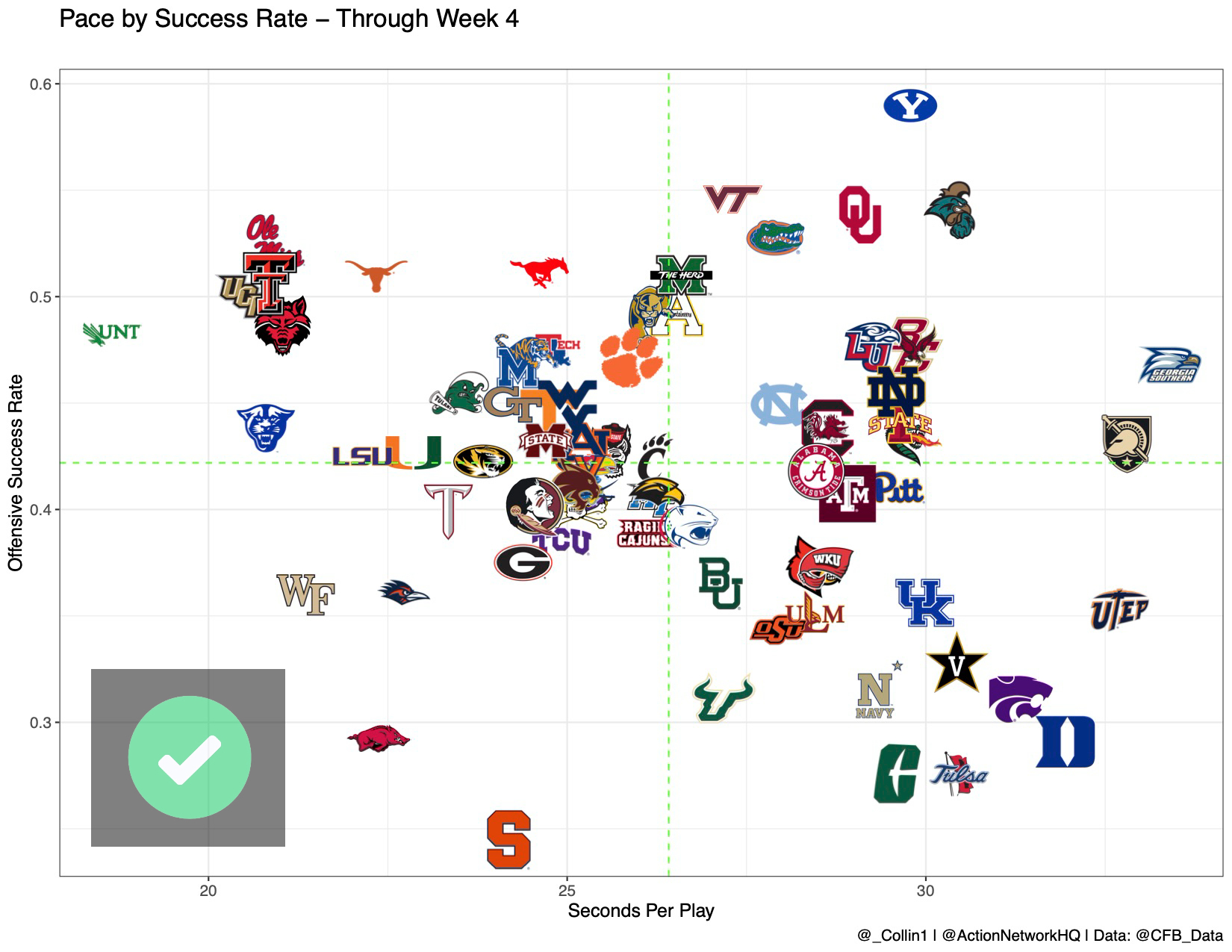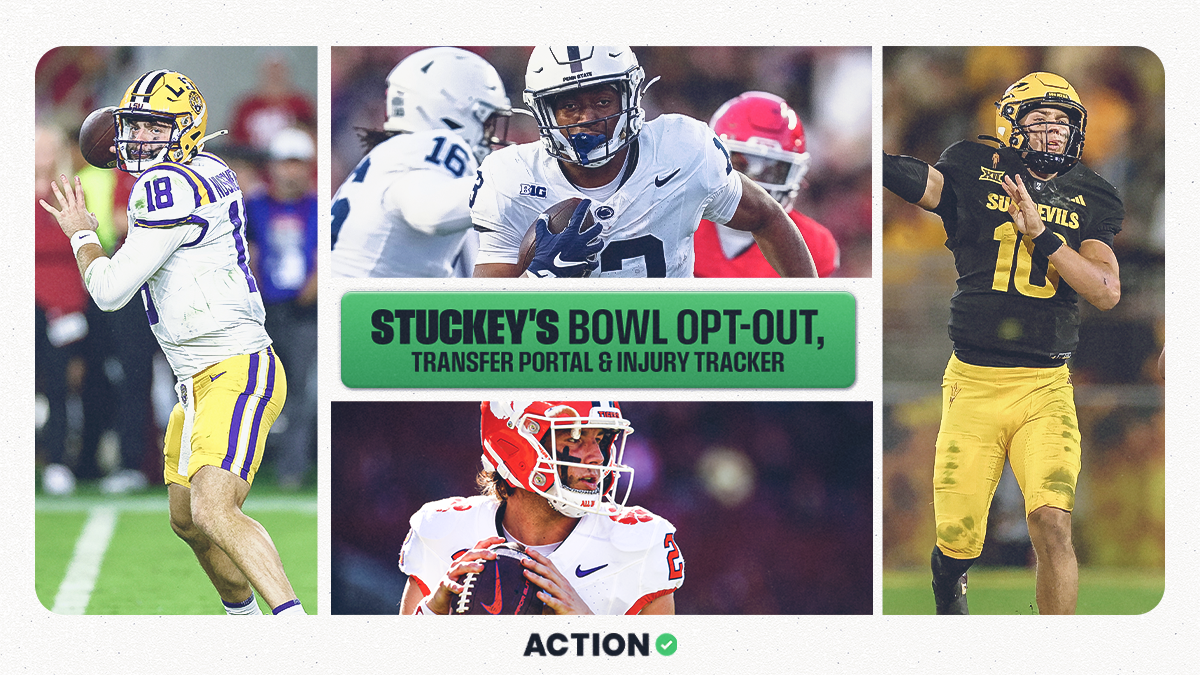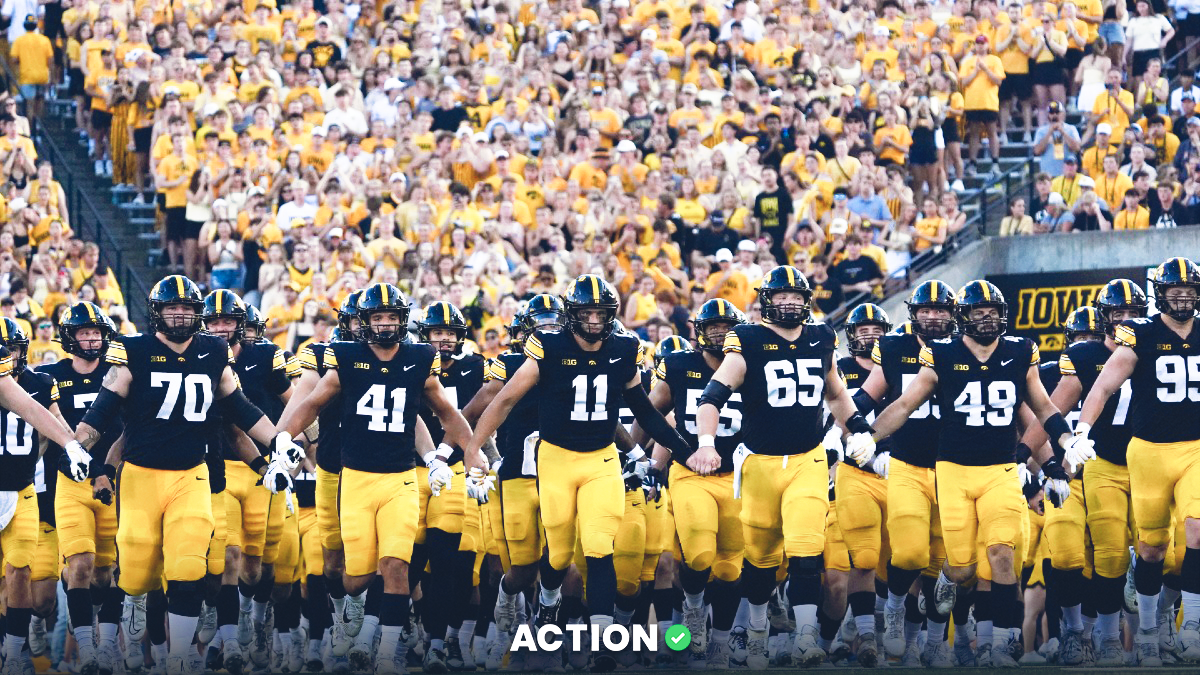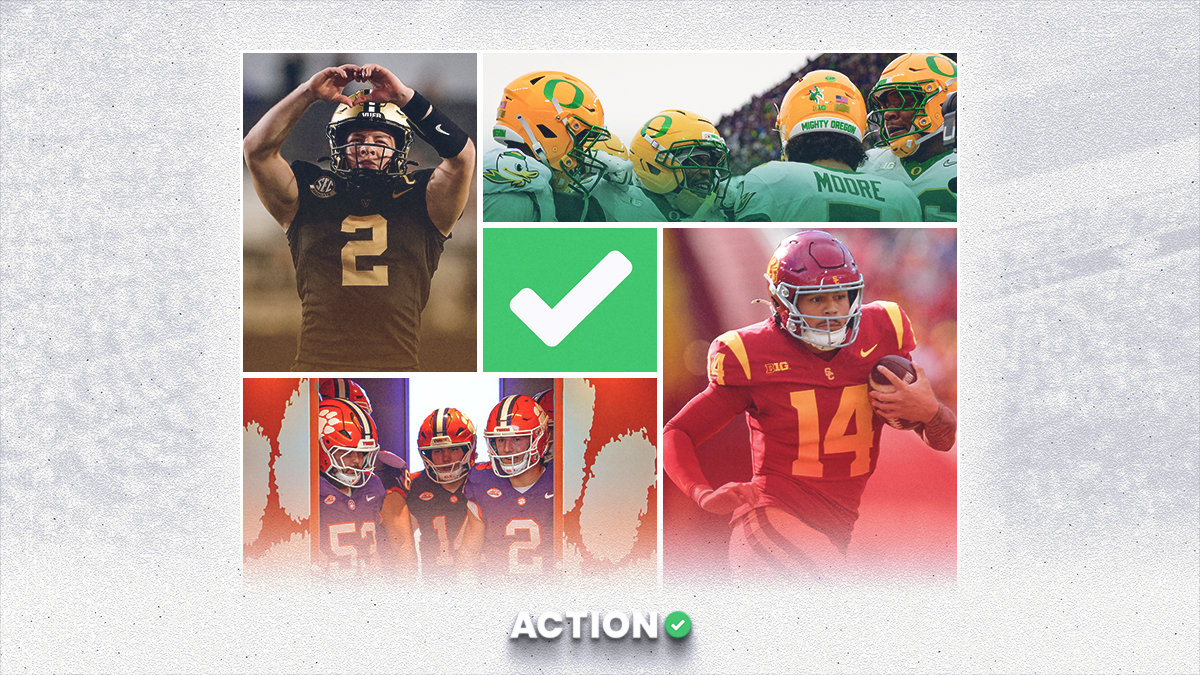College football box scores contain plenty of data to make an assessment of who really won the football game. Kentucky was a victim of three costly turnovers against Auburn. Kansas State had a ridiculous 13.4 yards per pass against Oklahoma. Cincinnati racked up 10 tackles for loss against the triple option of Army. Box score information is important, but the missing piece in this information is pace and success.
When oddsmakers across the nation set totals, it is based on expected team total output. This is generally compiled by an offensive and defensive rating. Those overall team totals are combined and released to the betting market. What is not taken into account is pace, success rate and finishing drives. All three of those factors are crucial in determining which teams get into scoring position and average more touchdowns than field goals.
Finishing drives is the calculation of points per scoring opportunity. An opportunity is defined as an offensive team crossing the 40-yard line. In last week's Pace Report, Navy's ridiculous touchdown rate in 2019 was reviewed. A small sample size for most teams will leave inconclusive evidence, but there are trends building in finishing drives.

Syracuse has seven red zone trips in 2020, resulting in just one touchdown and three field goals. Conversely, Coastal Carolina has a perfect scoring percentage in nine opportunities, resulting in eight touchdowns. Meanwhile, Duke opponents have accumulated 14 red zone trips with 12 resulting in a score.
With finishing drives in mind, this article will focus on seconds per play and offensive success rate. Keep in mind that the 2020 season is young, and these statistical measures are typically not reliable until after four weeks of play.
Don't forget to check out our updated College Football Power Ratings, and follow me in The Action Network App to see when I bet on games that have the biggest Havoc discrepancies.
Week 5 Success Rate by Pace

Team Notes on Total Wagers
- The Big 12 was loaded with high scores in Week 4. That is expected in Texas and Oklahoma games, but Iowa State-TCU produced over 70 points in a total that closed at 42.5. The sample size is minuscule, but the Horned Frogs allowed Iowa State an average of 6 points on four scoring opportunities. Texas is having similar issues with red zone defense. Both the Frogs and Longhorns are pacing at less than 25 seconds per play.
- Arkansas' new-look offense under Kendal Briles did not have much success against Georgia. Hidden inside the box score is the Razorbacks' pace of play, coming in at 22.4 seconds per play. The Bulldogs were able to generate five passing plays over 15 yards. The Razorbacks had just 6 pass breakups in 46 passing attempts versus Georgia. Arkansas posted a 24% defensive success rate in passing plays, making the Bulldogs a great play to exceed the total in Week 5.
Get used to the name K.J. Costello. pic.twitter.com/unmREmXVs7
— CBS Sports (@CBSSports) September 26, 2020
- Both Texas A&M and Alabama averaged 28 seconds per play in SEC openers. The Aggies posted six pass breakups in 29 passing attempts from Vanderbilt, while the Crimson Tide had just a single pass breakup against Missouri. Neither offense did anything from a pace and explosiveness perspective to believe this game will be high-scoring. I will be looking at an Under 53 or better in the Tuscaloosa showdown.
- Two of the slowest offenses in terms of pace are North Carolina and Boston College. Both teams average more then 27.9 seconds per play. Both offenses have been prone to Havoc, while the Tar Heels have shut down explosive plays on the defensive side of the ball. Expect Jeff Hafley's multiple defensive formations to limit quarterback Sam Howell, as Under 53.5 is the play.
![]()
Check out our new NCAAF PRO Report, where we highlight factors that provide betting edges — like large wagers, historically profitable betting systems, model projections and expert picks — that when combined with sharp money can powerfully detail the smartest bets on a given slate.
Terms to Know
Postgame Win Expectancy is a calculation of all variables in a box score that dictate who would win the game if it was played a high number of times. Turnover luck, success rate and yards per play are notable components of this calculation and can influence a single game. But over a large sample, the team that moved the ball better would win more often than not.
There have been plenty of box scores in which a team wins as an underdog, but a negative value is applied to that team's power rating because the result was fluky rather than systematic.
Coach scheme changes can adjust a power rating quickly. For example, Oregon will undergo a change from Marcus Arroyo's conservative play-calling to new offensive coordinator Joe Moorhead's system. Moorhead's offense features a heavy dose of 11 personnel, West Coast spread concepts and modern RPOs.
That offensive philosophy has led to more explosiveness and higher rates of success on standard downs at each of Moorhead's previous stops at Penn State and Mississippi State. In a situation like this, a power rating can be useful to quickly adjust a team's forecast for future games. In the case of Mike Leach, an adjustment of totals is coming with an increase in plays per game.
Success Rate and Explosiveness were first defined in Bill Connelly's Five Factors and are strong indicators for future box scores. While EPA (Expected Points Added) and IsoPPP (Isolated Points Per Play) can be highly variable from season to season, Success Rate is a stable data point for handicappers to use for projections.
Simply put, if a team consistently achieves the desired amount of yards — determined by down and distance — then this is a "play-on" team with your bankroll. Texas A&M ranked 17th in offensive success rate last season and returns 80% of its offensive production for 2020; that combination makes the Aggies a play-on team.
As Week 5 approaches, we'll be keeping track of all these variables in and out of the box score. Be sure to bookmark our power ratings for the latest update on all FBS and FCS teams playing this fall.




















































